
V. Study in Beijing: the Pursuit of Knowledge
There is a Chinese saying that goes, "you can learn more by traveling ten thousand miles than by reading ten thousand books." But since you have already traveled tens of thousands of miles to Beijing, why not make your travel even more worthwhile by reading "ten thousand" books here? Beijing has rich cultural and educational resources, best universities, museums with countless collections, and the largest group of cultural celebrities. The pleasure of studying here awaits you to find out by yourself.
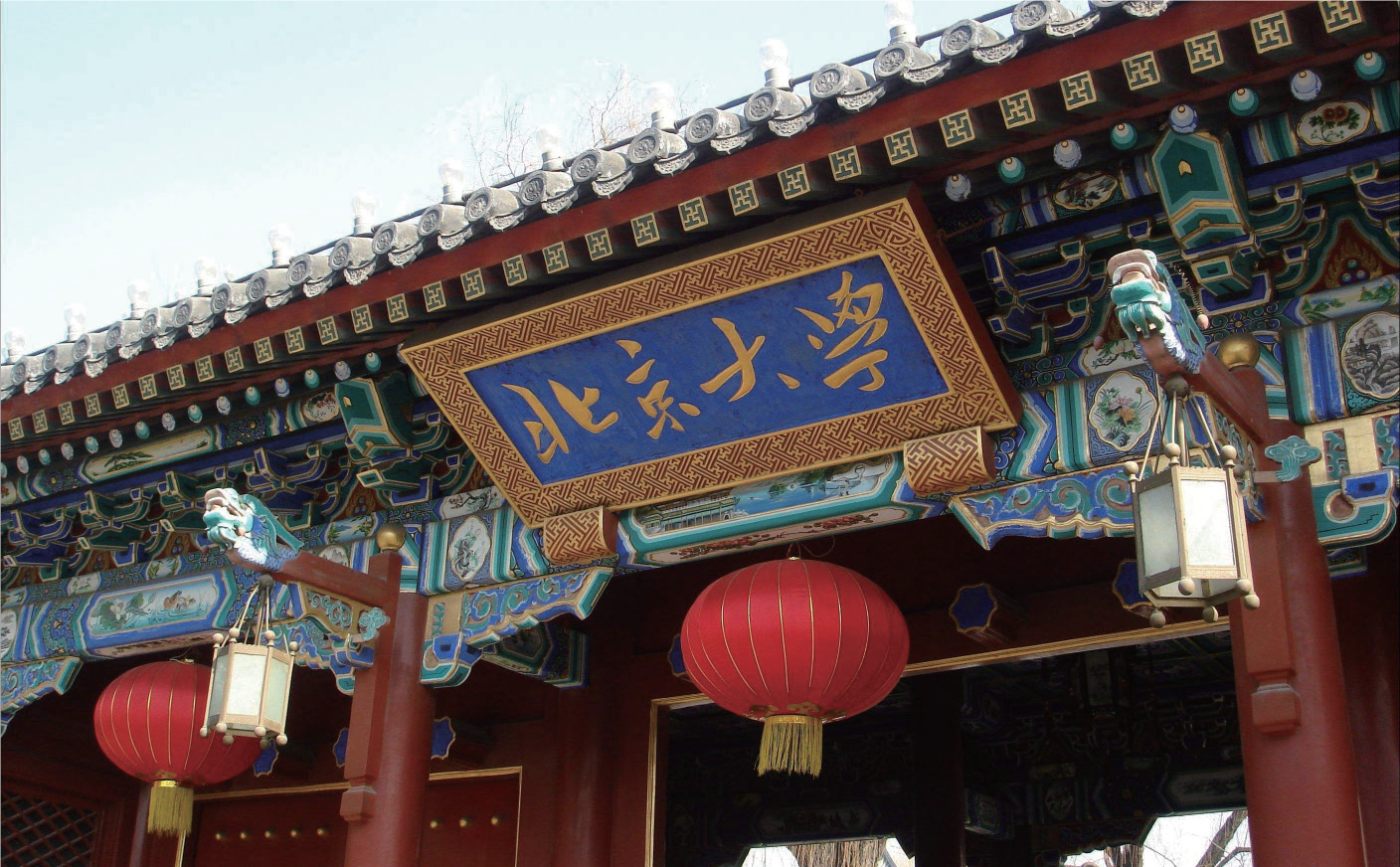
1. Prestigious universities – Peking University
Founded in 1898 by the name of Peking Imperial University, Peking University is China's first national-level comprehensive university. Peking University is the birthplace of the "New Culture Movement" and the "May 4th Movement", as well as the place where many pioneering political thoughts and social ideals were first sowed in China. Peking University not only inherited the orthodox tradition of the highest institutions in ancient China, but also pioneered the development of modern Chinese higher education, thus enjoying a high reputation and status since establishment. "A tower, a lake, and a library" are the landmarks of Peking University. The lake refers to the Unnamed Lake (Weiming Lake), and the tower is Boya Tower.
Address: No. 5 Yiheyuan Road, Haidian District
Tel: +86-10-62752114
Main attractions: the Stone Boat, Weiming Lake
How to get there:
Subway: take Subway Line 4 to Beijingdaxue Dongmen (Peking University East Gate) Station (Exit A) and then walk 806 meters to the destination
Bus: take Bus 438 or 594 to Zhongguanyuan Stop
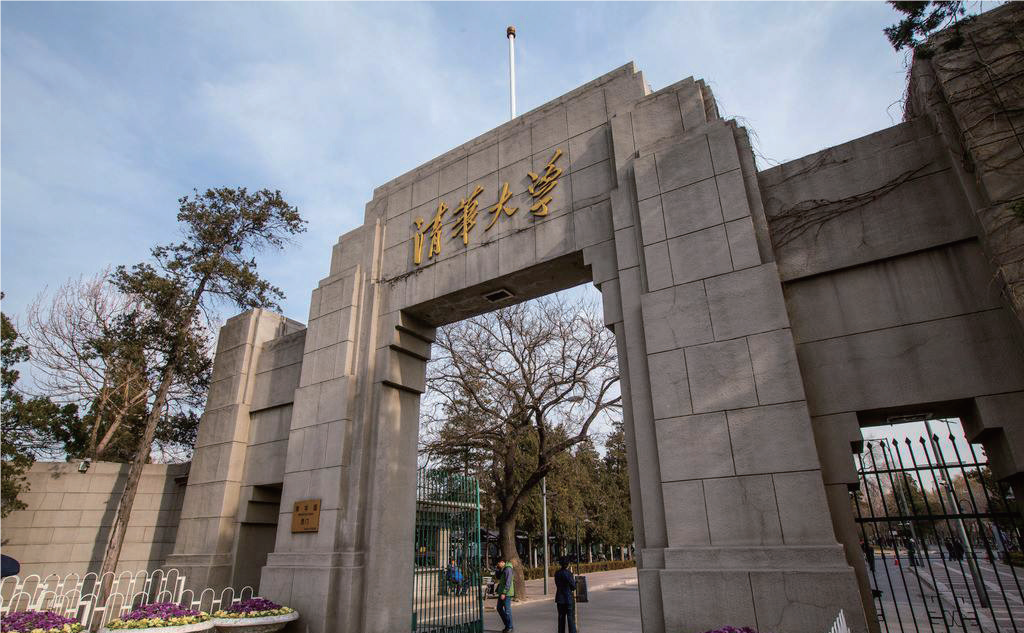
2. Prestigious Universities – Tsinghua University
Located at the picturesque Tsinghua Garden in western Beijing, Tsinghua University is one of the best universities in China and enjoys a high reputation worldwide. Tsinghua University grew out of the Tsinghua College ("Tsinghua Xuetang"), which was established by the Qing government in 1911 as a preparatory school for students to be sent to study in the United States. Advocating autonomy of higher education and academic independence, Tsinghua University recruited renowned teachers and adopted rigorous academic standards, thus fast becoming a top university nationwide. Today, Tsinghua University has grown into an important base for high-caliber talent training and scientific and technological research in China, with academic strength ranking top among universities in China.
Address: No.30 Shuangqing Road, Haidian District, Beijing
Tel: +86-10-62793001
Main attractions: Jinchun Garden, Shuimu Tsinghua, Ziqing Pavilion, Tsinghua College
How to get there:
Subway: take Line 15 to Qinghuadongluxikou Station (Exit C - southeastern exit), and walk 997m
Bus: take yuntong 110 (运通110) / 355 / 438 / 466 to Qinghuadonglu Xikou Stop
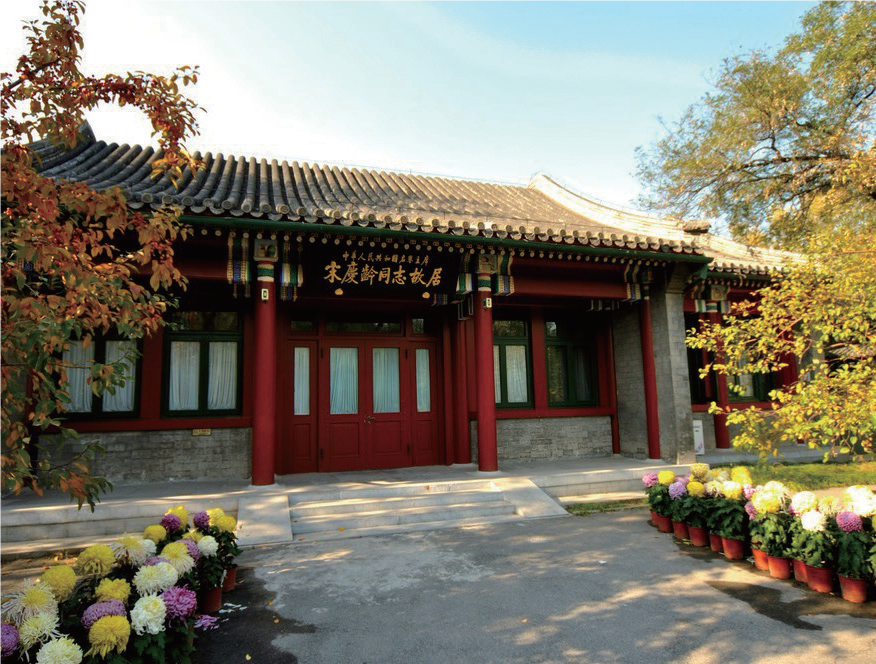
3. Former Residences of Celebrities – Soong Ching-ling
The former residence of Soong Ching-ling, former Honorary President of the People's Republic of China, was built during Emperor Kangxi's reign in the Qing Dynasty as the residence and garden for Grand Secretary Mingju. It was granted to Heshen during the Qianlong Period, and then to Prince Chun, the father of the last emperor Puyi, in late Qing Dynasty. It is a garden combining Chinese and western elements; while retaining the structure and style of Chinese imperial garden, it also borrowed some features of western villas.
Address: No.46 West End of Houhai Beiyan, Xicheng District, Beijing
Tel: +86-10-66444205-815
4. Former Residences of Celebrities – Lu Xun
Lu Xun lived here from May 1924 to August 1926. It is the last residence of Lu Xun in Beijing. Today it is a national cultural relic protection site. There are more than 60,000 pieces of collections including antiques and books in it, among which are many manuscripts, books and stone rubbings collected by Lu Xun, letters exchanged between Lu Xun and his friends, as well as relics belonged to Xu Guangping, Qian Xuantong and other contemporaries of Lu Xun.
Address: No.19 Gongmenkou Ertiao, Fuchengmen Inner Street, Xicheng District, Beijing
Tel: +86-10-66164080
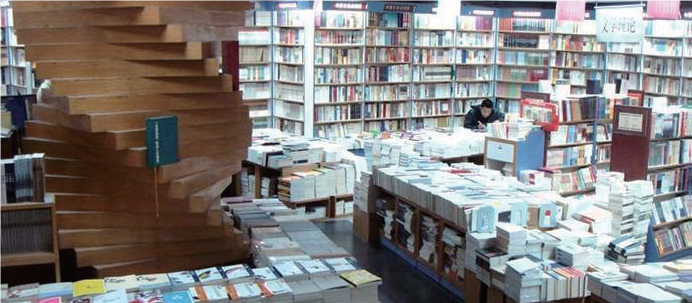
5. Classic Bookstores – Beijing SDX Joint Publishing Bookstore
Founded in 1996, Beijing SDX Joint Publishing Bookstore serves as a window to showcase the Sanlian Press with a history of over 70 years to readers in the new era. Over the years, by pursuing perfection in its operation, carefully selecting the books, and highlighting culture in its promotion, the bookstore has created benefits both socially and economically, and formed its unique cultural feature in the book industry. Since the night of April 18, 2014, the bookstore has become the first 24-hour bookstore in Beijing, making reading at night a unique scenery in Beijing.
Address: No.22 Meishuguan East Street, Dongcheng District, Beijing
Tel: +86-10-64001122
6. Classic Bookstores – Hanfenlou Bookstore of the Commercial Press
The Commercial Press is the first modern publishing house in China. Hanfenlou is the library for the Commercial Press when it was based in Shanghai, and was officially named Hanfenlou in 1909. The bookstore locates at No.36 Wangfujing Street, Beijing. It has an especially large book collection, even including some editions that are out of print elsewhere on the market. It mainly sells books published by the Commercial Press, not only new editions but also a small collection of old books.
Address: No.36 Wangfujing Street, Dongcheng District, Beijing
Tel: +86-10-65595282
7. Classic Bookstores – Beijing Book Building
As one of the largest-scale state-owned retail bookstores in China, and a flagship book mall with the richest varieties of books, Beijing Book Building is also the first to apply information technology and information-based management in Beijing. It is indisputably the No.1 Book Mall in China.
Address: No.17 West Chang'an Avenue, Xicheng District, Beijing
Tel: +86-10-66024175

8. Olympic Culture – the Bird's Nest
Beijing National Stadium, also known as the Bird's Nest, is located at the southern part of the central area of the Olympic Green. It was the main stadium for the 2008 Beijing Olympic Games. The stadium hosted the Opening and Closing Ceremonies, athletic events and football final of the 2008 Summer Olympics. After the Games, it was turned into a large-scale complex for citizens to enjoy sports and entertainment, and has become a landmark sports building.
Address: No.1 National Stadium South Road, Chaoyang District, Beijing
Phone number: +86-10-84373060
How to get there:
Subway: take Line 8 to Olympic Sports Center Station (Exit B2 – northern exit), and then walk 744m
Bus: Take bus 82 / 419 / 538 / 645 to Guojia Tiyuchang Dong stop
9. Olympic Culture – the Water Cube
The Beijing National Aquatics Center, known as the Water Cube, is built inside the Olympic Green as one of the landmark buildings of 2008 Beijing Olympic Games. It hosted the swimming, diving, synchronized swimming and water polo during the Olympics. The Water Cube and the Bird's Nest are built on both sides of the central axis, one in square shape and the other in round shape, creating a unique scenery of Olympic culture.
How to get there: take Line 8 to Olympic Sports Center Station (Exit B2 – northern exit), and then walk 744m
Address: National Aquatics Center, No.11 Tianchen East Road, Chaoyang District
Tel: +86-10-84370112
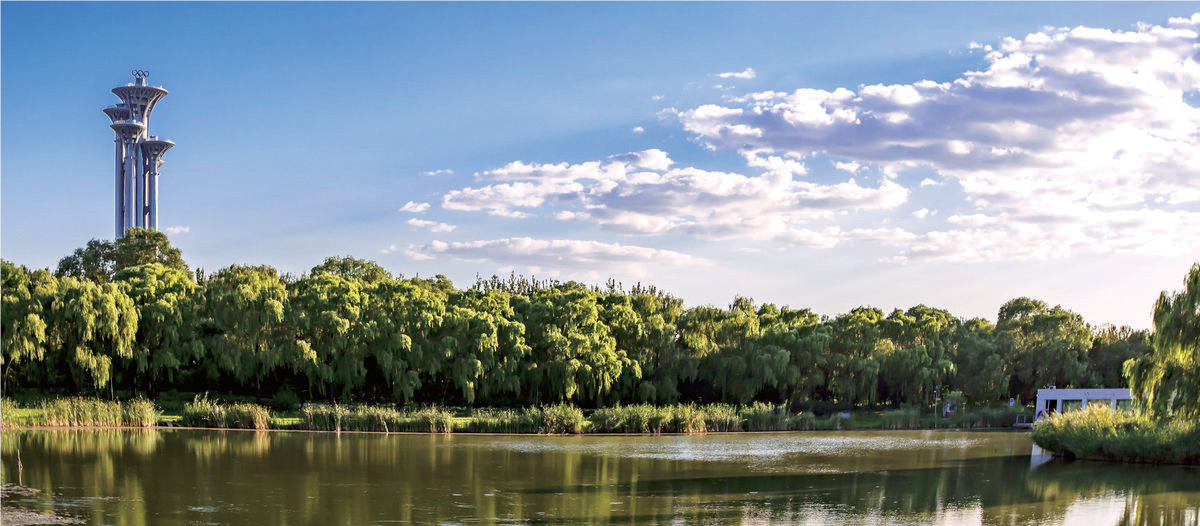
10. Olympic Culture – Olympic Forest Park
The Olympic Forest Park is the largest public park for tourism, entertainment, sports and fitness situated at the northern end of the central axis and the Olympic Green in Beijing. It was nicknamed the backyard garden for the 29th Olympic Games, and has become a scenic area for the citizens after the Games.
How to get there: take Line 8 to Senlingongyuan Nanmen Station, and get out from Exit B
Location: No. 15 Beichen East Road, Chaoyang District
Tel: +86-10-64529060
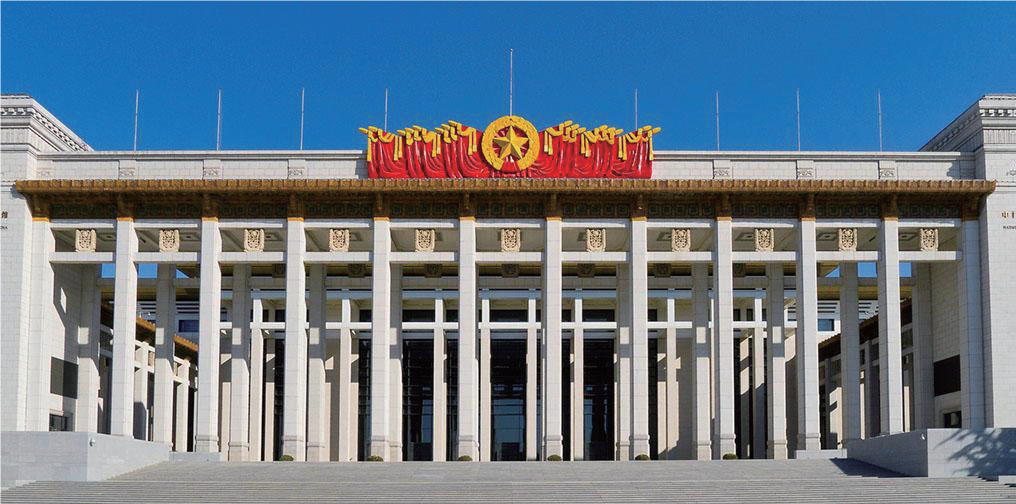
11. Museums – the National Museum of China
The National Museum of China flanks the eastern side of Tian'anmen Square at the center of Beijing, creating a symmetrical layout together with the Great Hall of the People. With a total floor space of nearly 200,000 square meters, it has 48 galleries with over 1.2 million objects in collection. It is a comprehensive museum that systematically exhibits the culture and history of the Chinese nation. Combining multiple functions of collection, research and exhibition, the National Museum of China is one of the most popular museums worldwide.
How to get there: take Subway Line 1 to Tiananmen East Station (Exit C-southeast exit)
Location: East side of Tianmen Square, East Chang'an Avenue, Dongcheng District
Tel: +86-10-65116400
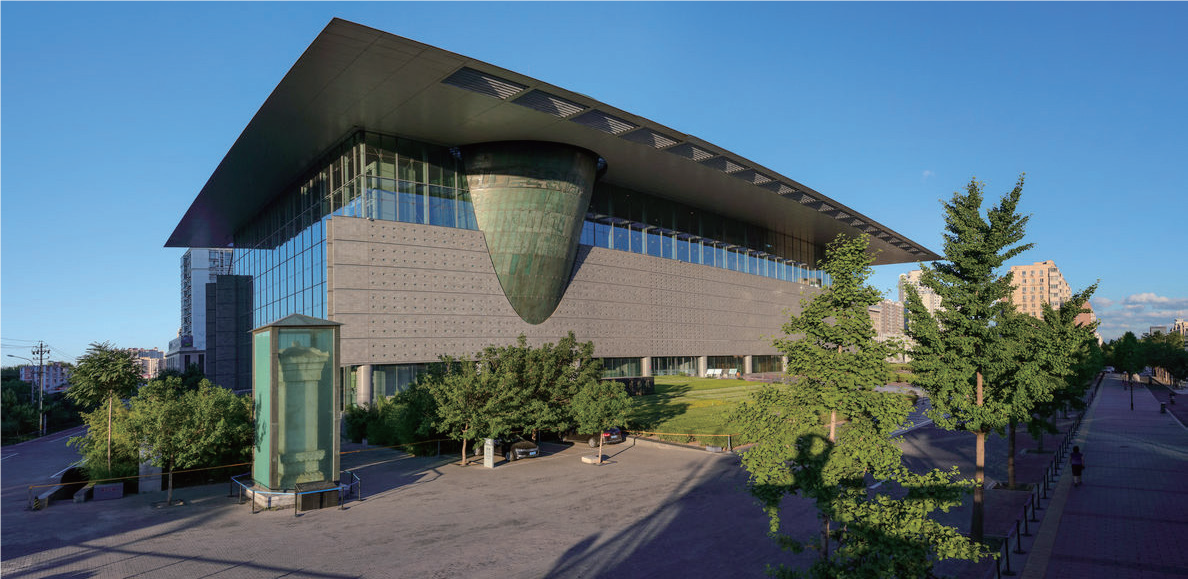
12. Museums – the Capital Museum
The Capital Museum is a large-scale comprehensive museum with fine exhibitions such as Selected Works of Ancient Ceramics Art, Selected Works of Bronze Art in the Yan Region, Selected Works of Ancient Calligraphy, Selected Works of Ancient Painting, Selected Works of Ancient Jade Art, and Selected Works of Ancient Buddhist Statues.
How to get there: take Subway Line 1 to Muxidi Station, then walk 500 m to the destination
Address: No.16 Fuxingmen Outer Street, Xicheng District
Tel: +86-10-63370491/63370492

13. Museums– Beijing Planetarium
Located at the Xizhimen Outer Street, Beijing Planetarium aims to popularize astronomical knowledge by presenting simulate shows of the starry sky, holding astronomical exhibitions, publishing popular science books and magazines on astronomy, and organizing astronomical observation for the public. It is the main base for popularizing astronomical knowledge to the public, especially to teenagers, and has been rated as a state-level and municipal-level Advanced Unit for Science Popularization for many times.
How to get there: take Subway Line 4 to Beijing Zoo Station, then walk 494 m to the destination
Address: No.138 Xizhimen Outer Street, Xicheng District
Tel: +86-10-51583311
relevant article:
Appendix: